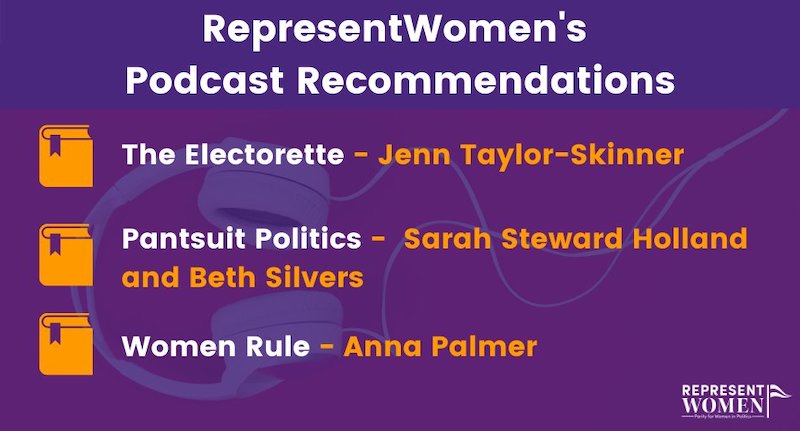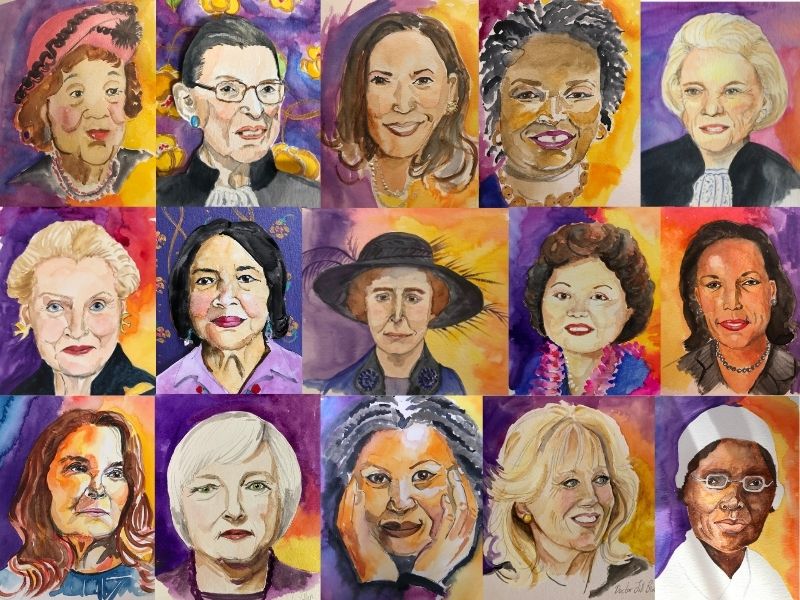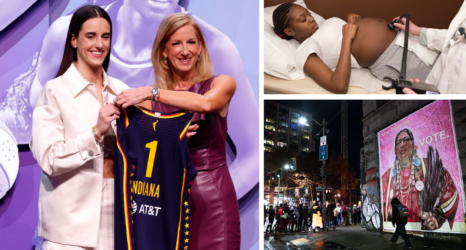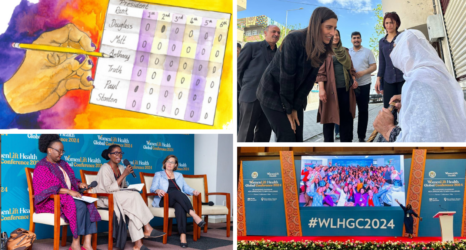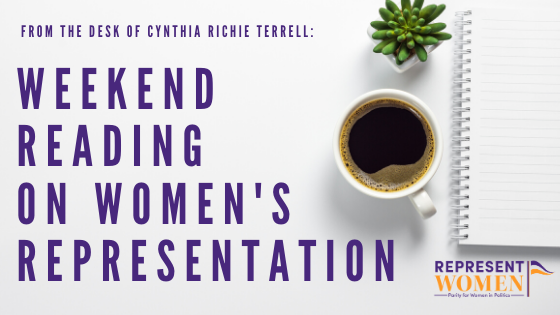
Weekend Reading on Women’s Representation is a compilation of stories about women’s representation in politics, on boards, in sports and entertainment, in judicial offices and in the private sector in the U.S. and around the world—with a little gardening and goodwill mixed in for refreshment!
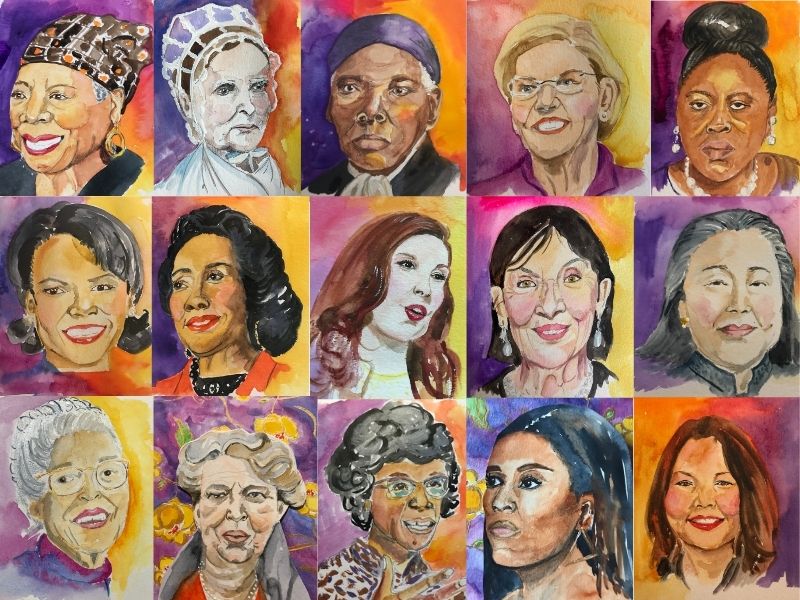
As Women’s History Month comes to a close, I thought I would begin and end with portraits of a few of the women leaders who have, as Alice Paul suggested “added their stone to the mosaic” of the movement for women’s equality.
I am feeling more impatient with the status quo and more eager, than ever, to understand the best practices to get more women into positions of power and to support efforts to implement those best practices in the United States.
RepresentWomen’s research director Courtney Lamendola made the terrific chart above to show rates of women’s representation in OECD countries which are generally thought to be examples of thriving democracies. Note that nearly every country ranked above the United States in women’s representation uses a proportional voting system or gender quotas or some combination of both. The good news is that updating our antiquated voting system can happen via the legislative process and does not require an amendment to the U.S. Constitution.
I had an op-ed in The Hill this week that I hope will engender a more robust conversation about the imperative to address the structural barriers in our winner-take-all-voting system (that constricts the number of open seats where women have the best shot at making progress) and strategies to address those barriers that include the Fair Representation Act that combines ranked choice voting and multi-seat districts to create more open seats that women can win:
The simple truth is that few established democracies rely on our antiquated winner-takes-all system with one representative per district. The 10 U.S. states that use multi-winner districts for state legislatures also have some of the highest levels of elected female officials, as do cities that use this approach as well.
Systems matter. Ours has never worked for women. With proportional outcomes and a wider variety of candidates on the ballot, the Fair Representation Act will create more opportunities for women, but also for people of color, urban Republicans, rural Democrats and Independents. It breaks our polarized binary of safe red and blue districts and opens the door to a new kind of politics.
Women have now had the vote for a century, and it has taken that long to inch past a quarter of the seats. We need to do more. There’s no time to waste. Most of the countries that outrank the U.S. in the Inter-Parliamentary Union study have taken positive, forceful steps to remake their electoral systems to create genuine parity. After all, when the nation decided to mandate equity in college sports, for example, we didn’t tell women to change their strategies for making the team. We passed Title IX and created systems and rules that ensured equal opportunity.
The violent assault on the Capitol on Jan. 6 emphasized what a crucial moment this is in our nation’s democracy. The Fair Representation Act would help ease our polarized, dysfunctional politics, take on gerrymandering and change the incentive structure in Washington. It could be the Title IX for Congress that we so desperately need if America is to stop trailing our allies and to lead on issues of equality once more.
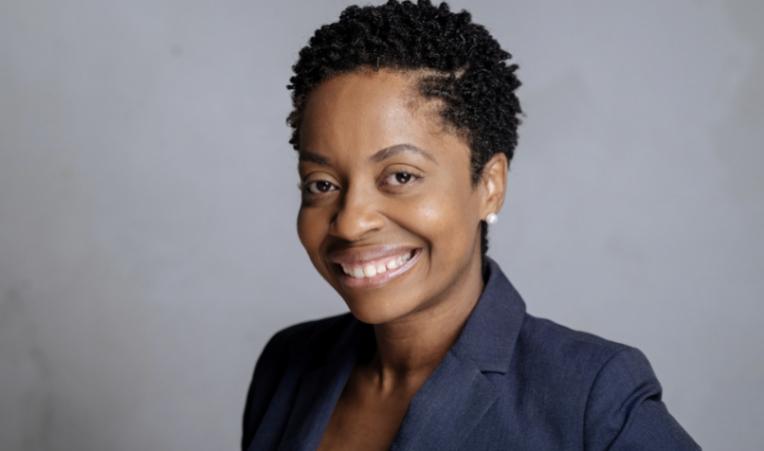
Updating voting systems is also a powerful tool to transform municipal elections, as evidenced by the election of Selvena Brooks-Powers to the New York City Council this week. Brooks-Powers spoke about her experience running as a candidate in the ranked-choice voting election in this interview in City and State with Rebecca C. Lewis:
You picked up around 1,000 votes by the end of the process, far more than second-place finisher Pesach Osina. What does that tell you about your coalition, the race you ran and the support you received?
I think that what it tells me is that the goal that I had to be able to appeal to people, even if I was not their first choice, helped to propel me in that way. And what I think it does is it gives me an even more special duty, more intentional duty, in terms of continuing to bridge these divides in our community and to work with everyone, right? So just because someone had a different number one, that’s okay. Because it’s about the community and coming together. And I think that when you appeal to someone else who has a different number one, it gives that person—they feel comfortable and confident knowing that if their person doesn’t win, that you’re not going to forget about them, too.
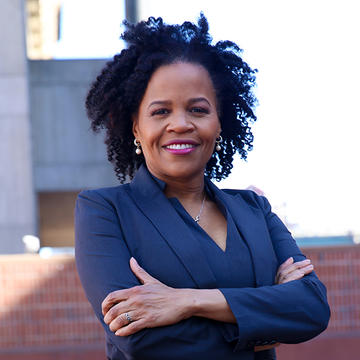
Kim Janey became the first woman and first person of color to hold the office of mayor of Boston after the confirmation of former Boston mayor Marty Walsh as labor secretary, according to this story in The New York Times:
Ms. Janey — whose ancestors escaped to Canada through the Underground Railroad and began settling in Boston in the second half of the 19th century — does not dwell on busing when she tells the story of her life, except to say that it was a setback.
“It was the first time that I didn’t feel safe in school,” she said. “It was the first time that I was not confident about how teachers felt about me as a little Black girl, the way I felt in elementary school.”
Her parents withdrew her as soon as they could, sending her to the middle-class suburb of Reading through a voluntary busing program, starting in the eighth grade. She would go on to work as a community activist, serving at Massachusetts Advocates for Children for almost two decades before running for a seat on the Boston City Council in 2017.
She described her work in education, in a talk to students last year, as an extension of the civil rights movement that swept up her parents.
“The fight for quality education for Black families in this city dates to the beginning of this country,” she said. “It’s a hundred-year fight.”
The fury unleashed by busing reshaped Boston in many ways, including by setting back the ambitions of Black candidates. White anger made it difficult for them to build the multiracial coalitions that were necessary to win citywide office in Boston, said Jason Sokol, a historian and author of “All Eyes Are Upon Us: Race and Politics From Boston to Brooklyn.”
“You can’t overlook how powerful the legacy of the battles over school desegregation were,” he said. “The white resistance was so vicious that it didn’t seem like a political system a lot of African-Americans wanted to be part of. It was just very poisoned for a long time.”
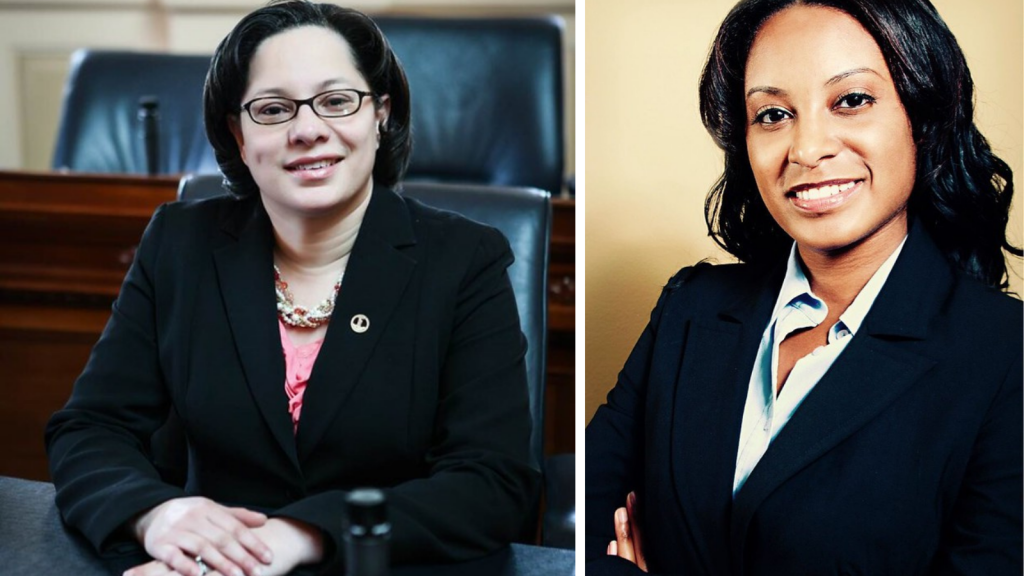
There was an interesting story in Teen Vogue by Jewel Wicker about the Democratic primary in Virginia this year and the opportunity to elect a Black woman as the party nominee. I will note that this contest may also result in split votes among the candidates who represent similar constituencies and yield a plurality “winner” who does not represent the views of the majority. Ranked-choice voting addresses this issue by eliminating split votes and ensuring a majority winner:
Jennifer McClellan and Jennifer Carroll Foy, both Black women running as Democratic candidates for governor of Virginia, stress that they aren’t specifically focused on trying to make history. Both women believe they have the skill set and progressive agenda that the state needs to ensure equity and opportunity for residents in a post-COVID-19 world. Still, the significance of a potential win weighs heavy.
“It’s not a moment about me, it’s a movement about the future of Virginia [that] we can build together. But my perspective is built by the intersectionality of being a Black woman [and] a working mom. I feel the weight because I know some people have a certain stereotype,” McClellan, a state senator, tells Teen Vogue in a recent Zoom interview.
Thinking about her lineage — including her grandfather, a lawyer who represented civil rights activists, and her parents who grew up in the segregated South — makes the senator tear up. “I know I’m my ancestors’ wildest dreams. I know everything that I have achieved has been because of what they have sacrificed for me to be where I am,” she says, wiping her eyes. “I feel the pressure of doing right by them. I also feel the pressure of knowing that future generations are depending on me blazing a trail for them. If I fail, it’s not just Jennifer McClellan [who] failed at running for governor — I’ve failed the promise that her ancestors fought for, and failed to open the door for the next generation. So I feel that, but that’s not why I’m running.”
Both women have a steep hill to climb in order to actually make history, though. In total, only 44 women have served as governor in America’s history. No Black or Indigenous woman has ever held this title, and Virginia is one of 20 states that have yet to elect a woman as its leader. Ahead of the Democratic primary on June 8, polls have shown both women trailing behind former governor Terry McAuliffe and Lt. Gov. Justin Fairfax, although both say they’re confident they can secure the nomination.

Gender lens investor and philanthropic advisor extraordinaire Tuti Scott wrote this piece about the terrific new Guide to Moving Money for Impact that she has helped to launch:
To support changemakers in navigating this ever complex world we find ourselves in, I am excited to announce the launch of a new Guide that I authored in collaboration with Tides and in association with the Women’s Funding Network: “Moving Money for Impact: a Guide to Gender Lens Investing.”
My purpose is to generate, learn about, and spread actionable solutions on gender equity with a racial justice lens. Womxn, especially womxn of color, lesbians, and trans womxn, have been systemically under-resourced and dismissed from benefiting from multiple levers of finance. My intention and sincere hope in writing this Guide is to continue to introduce more people to core concepts and the powerful impact of gender lens investing, as well to urge readers to invest in a way that aligns awareness and values with action.
Our values around money and resources are steeped in our cultures and identities. I am a white lesbian feminist who grew up working class in rural New Hampshire, where I held a paying job starting at the age of 12. I was shaped by mottos like, “Waste not, want not,” and “Actions speak louder than words.” Over time, I have learned how to make my own money moves that matter to me by defining what I want to see happen in my lifetime: representative government, equitable sports and business, and an end to patriarchy and white supremacy.
I crave more vulnerable and practical conversations about money, which is one reason I wrote this Guide. In my late 50s, I am still undoing and releasing the stressors of repeatedly coming out as a lesbian, as well as grappling with shameful feelings that accompany “jumping class.” Like so many people, I have many layers of feelings about money. Writing this Guide and now sharing it is about the strength of community as well.
We all need to deepen our awareness and attention around how we leverage our whole wallet/purse of resources-from consumerism, to philanthropy, to investments. Let’s all commit to start talking to our partners, loved ones, children and grandchildren, colleagues, advisors, and friends about doing everything we can to “make money moves that matter.”
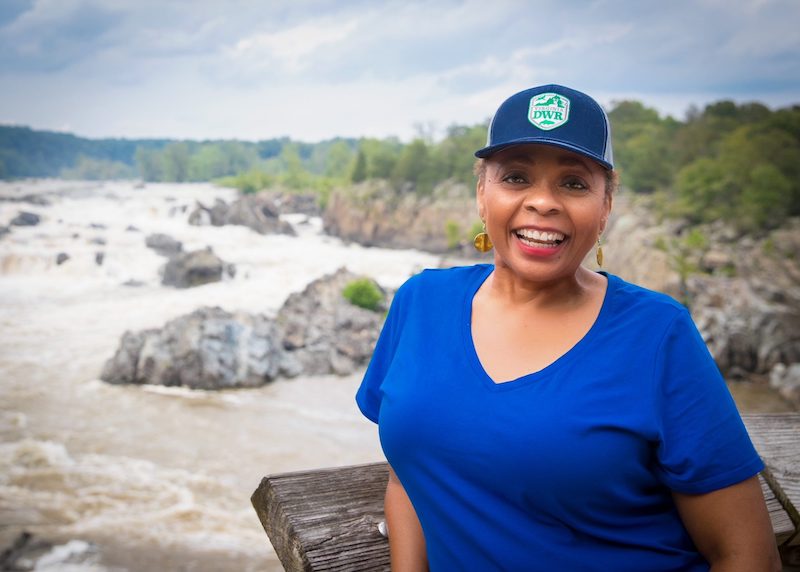
My amazing sister-in-law Marina Richie wrote a profile of Dr. Mamie Parker, a woman leader in the conservation movement, for the National Wildlife Federation. Here is a snippet; you can read the piece in its entirety here:
Dr. Mamie Parker credits women for her rise through the ranks of male-dominated wildlife agencies—starting with her mother. Growing up as one of 11 children in the segregated south, Parker discovered the outdoors through her mother’s love of fishing and gardening. She also inspired Parker’s commitment to justice throughout her groundbreaking career as a fisheries biologist.
Parker was the first Black woman regional director in the U.S. Fish and Wildlife Service, overseeing 13 Northeastern states and key conservation successes, including pivotal work to remove dams and restore fish passage for Atlantic salmon. She went on to serve as Head of Fisheries nationally—breaking yet another glass ceiling.
“When I think about how I progressed in my profession, it’s all the women who hired me,” she said. “Women are there for each other.” Parker cited a favorite quote from Mary Church Terrell, a twentieth-century champion of racial and gender equality, “Lifting as we climb.”
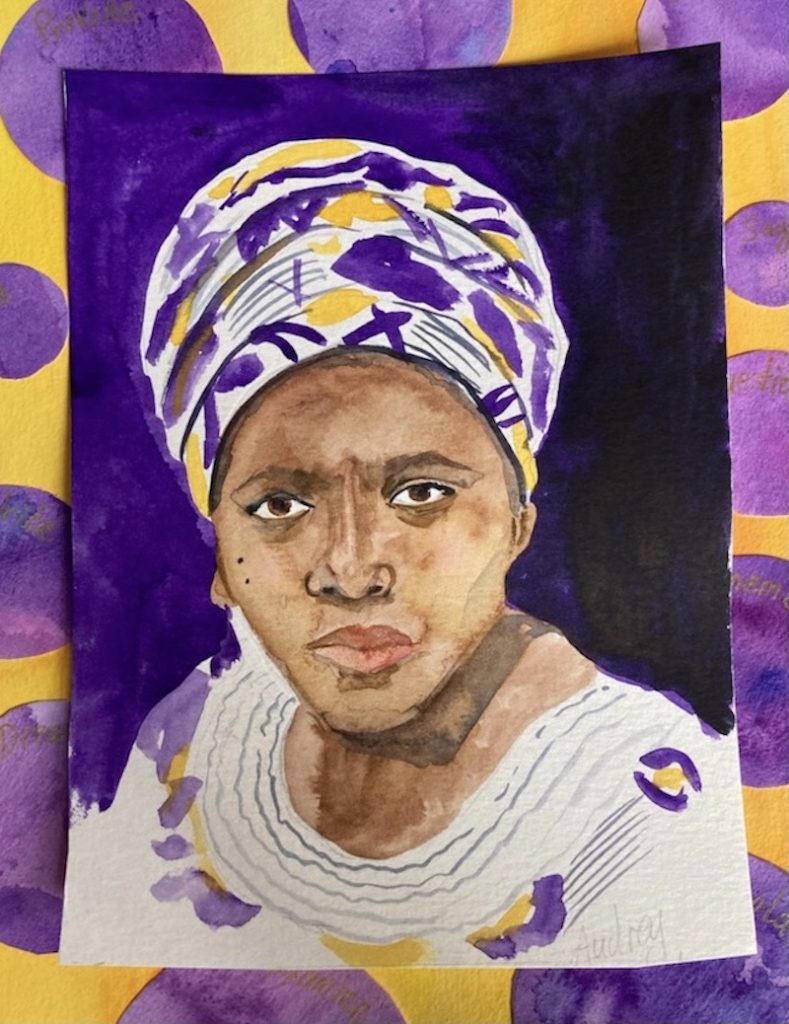
This piece by Jada Jones in MeteaMedia is a powerful reminder to celebrate the contributions of all women during Women’s History Month:
As the blueprint to a lot of trends and multiple movements, being a black queer woman during Woman’s History Month feels like doing a lot of work but only getting a quarter of recognition. We tend to commemorate or “remember” the same woman every time. I believe it should be a more diverse remembrance of women of color, along with women in the LGBTQ+ community and what they did to help women today.
During Women’s History Month, you hear about Susan B. Anthony every year despite her being racist and not even advocating for all women.I do not hear about women like Audre Lorde, a queer woman of color who made important contributions to the field of feminist theory, critical race theory, and queer theory through her writing and teachings.
Little to no recognition goes to Ernestine Eckstein, the woman who leads the first lesbian civil and political rights organization called Daughters of Bilitis.
It is even my first time hearing about women like Andrea Jenkins, the first-ever black transgender woman to be elected in public office in the U.S. The women I just named were women of African descent, but we also need to incorporate and appreciate Latina women, Asian women, all women of color, in general, this month.
We typically only hear about Susan B. Anthony and Elizabeth Cady Staton, who are important people especially for women’s voting rights and equality. However, historians are known to glamorize whitewashed history. They tend to display that women who look like them were the main ones fighting for women’s rights in order to fit their agenda.The reality of it was that Anthony and Staton were not fighting for all women, but instead, women who were closely related to them. These were white, middle-class, religious, straight women. It is not fair for them to get as much credit as they do when they only fought for a sliver of women and when all women need to be included and had to fight harder because of it.
Women like Ida B. Wells, a suffragist, journalist, and activist, or Gertrude Simmons Bonnin, or Zitkala-Sa, who was a political activist, women’s right activist, and advocate for Native American rights, or even Yuri Kochiyam, a Japanese-American woman who was an activist for women’s rights and civil rights. These women do not get enough credit for their contributions.
The point is there is not enough representation this month for women of color and women who are part of the LGBTQ+ community. It is getting to the point where it is obvious and annoying. We, as a society, need to include all women in history that had important roles. We should not be able to pick and choose the history we learn, but instead, dig deeper and try to find out more ourselves.We need to try even harder to show, talk about, give recognition to, and appreciate the pioneers, the feminists, the movement starters, and the women that just so happened to have a voice that was so loud and decided to give every other woman that same voice. We can start today by looking up an important queer or pigmented woman to learn more now.
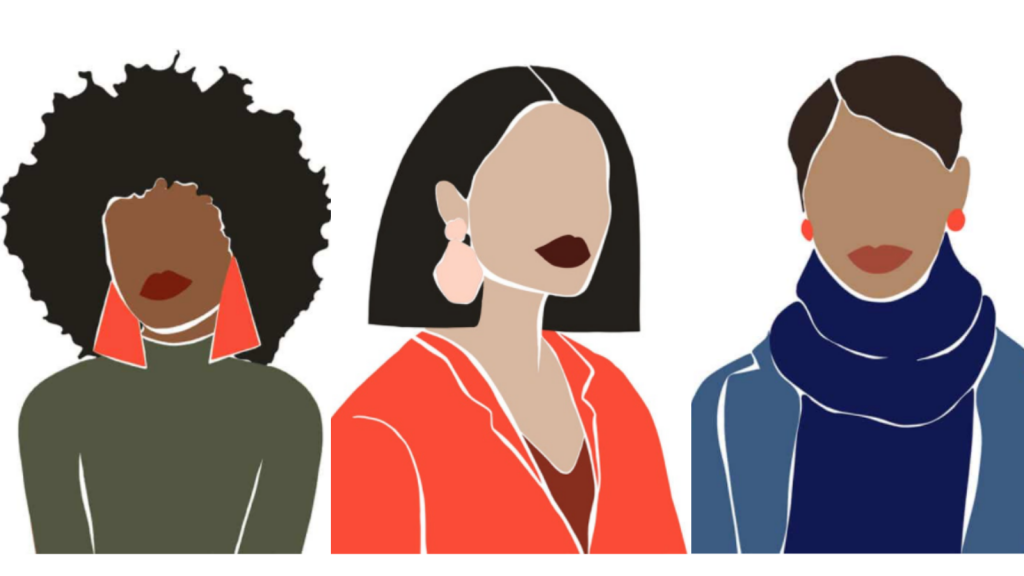
Adriana Gascoigne, founder of Girls in Tech, wrote a persuasive piece in Newsweek about the imperative for bold action to reach gender balance on corporate boards by 2024. I believe the exact same arguments can and must be made for appointed political positions as well and for embracing ‘moonshot’ legislation like the Fair Representation Act:
The hard-fought gains of the last few decades are eroding during the pandemic. The only way to recover, and reach true gender parity, is going straight to the top of the corporate ladder. Every company, in tech and beyond, must commit to restructuring their boards to comprise a minimum of 50 percent women.
Half the Board. It’s as simple as that. Until women reach that minimum threshold in the boardroom, there will be no end to second-class membership in the workplace for anyone who isn’t a white male.
This moonshot can’t hang in the wind. There’s a deadline: December 31, 2024.
Given the average length of time for a board appointment is eight years, this 50/50 composition is doable in half that time. The demand is significant, requiring a shift by CEOs and current board members, not to mention key shareholders and investors. An entire U.S. presidential election cycle will come and go between now and then. There’s more than enough time for gender parity in boardrooms by 2025.
The United Nations boldly called for gender equality by 2030—how can that happen without fixing systemic bias in the boardroom? Half the Board by 2025.
There’s no threat right now, explicit or implicit, to companies or leaders that fail to meet the deadline, nor those who fail to make the pledge. But make no mistake, Half the Board won’t be optional for long. Companies that engage in half-hearted or disingenuous efforts will be in the minority soon. Companies that can’t get their act together by 2025 will face the consequences.
After all, the benefits of diversity extend far beyond equal rights, with studies showing companies with diverse management produce 19 percent more revenue.
Acting now to reach 50/50 is prudent, as an avalanche of legislation is coming.
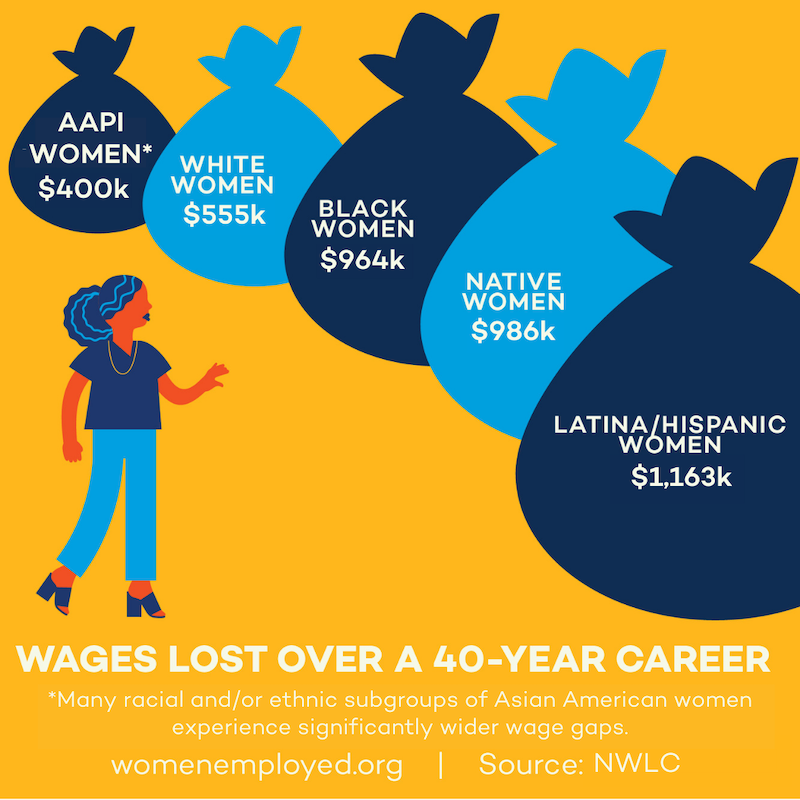
More women on boards and more women in legislatures would help to address the pernicious wage gap that impacts all women but disadvantages women of color the most, as illustrated by the graphic above from the National Women’s Law Center.
Check out the new video Women Win:
Listen in to “On The Issues” podcast this week featuring noted voting rights attorney Barbara Arnwine and noted election law expert Rick Hasen:
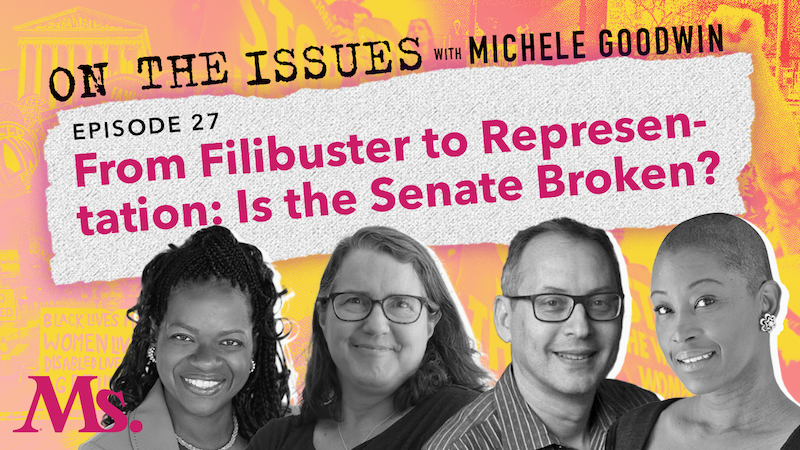
And check out this week’s other suggested podcasts from the team at RepresentWomen:
